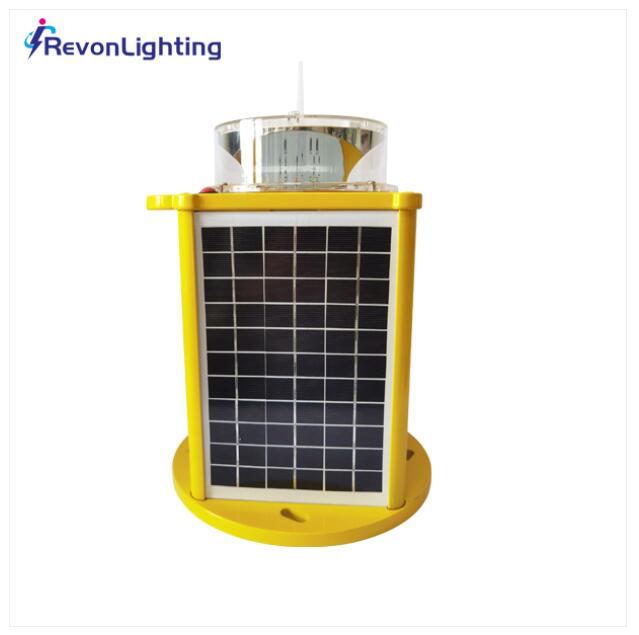Marine signal lanterns are essential tools for maritime navigation, serving as beacons that guide vessels safely through waterways, ports, and open seas. These lanterns play a crucial role in preventing collisions, marking navigational hazards, and ensuring efficient maritime operations. This article delves into the history, functionality, technological advancements, applications, and future prospects of marine signal lanterns, emphasizing their importance in the maritime industry.
Historical Background
The history of marine signal lanterns dates back to the early days of seafaring. Mariners initially used basic oil lamps and torches to navigate at night and signal other ships. These primitive lighting devices were gradually replaced by more sophisticated lanterns with the advent of new technologies and materials. The development of the Fresnel lens in the early 19th century marked a significant milestone in marine lighting, allowing for the creation of powerful and efficient signal lanterns that could cast light over long distances.
Functionality of Marine Signal Lanterns
Marine signal lanterns are designed to perform several critical functions in maritime navigation:
Navigational Aid: Signal lanterns mark safe passage routes, ports, and harbors, guiding ships through dangerous or complex waterways. They are often placed on buoys, lighthouses, and other navigational aids to indicate the correct course.
Collision Prevention: By providing clear and visible signals, marine lanterns help prevent collisions between vessels. They indicate the presence of other ships, obstacles, and navigational hazards, ensuring safe distances are maintained.
Identification: Marine signal lanterns are used to identify different types of vessels, their direction, and their operational status. For instance, specific light patterns and colors can indicate whether a ship is at anchor, under sail, or engaged in fishing activities.
Communication: Signal lanterns can be used for visual communication between ships and between ships and shore facilities. Morse code and other light signaling techniques allow for the transmission of important messages and alerts.
Technological Advancements
Modern marine signal lanterns have evolved significantly, incorporating advanced technologies to enhance their performance, reliability, and efficiency.
LED Technology: Light Emitting Diodes (LEDs) have revolutionized marine signal lanterns. LEDs are highly energy-efficient, long-lasting, and provide bright, consistent illumination. They have largely replaced traditional incandescent and halogen bulbs, offering superior performance and reduced maintenance.
Solar Power: Solar-powered signal lanterns are increasingly common in the maritime industry. Equipped with high-efficiency solar panels and rechargeable batteries, these lanterns harness sunlight during the day to power the LEDs at night. This reduces the reliance on external power sources and lowers operational costs.

Advanced Optics: Modern marine signal lanterns often feature advanced optical systems, such as Fresnel lenses and reflectors, to enhance light distribution and intensity. These optics ensure that the light is visible over greater distances and in various weather conditions.
Durable Materials: To withstand harsh marine environments, signal lanterns are constructed from robust materials such as stainless steel, aluminum, and weather-resistant plastics. These materials offer excellent resistance to corrosion, impact, and UV radiation.
Smart Technology: The integration of smart technology allows for remote monitoring and control of marine signal lanterns. This capability enables real-time adjustments to light patterns, intensity, and operational status, optimizing their performance based on environmental conditions and maritime traffic.
| marine signal lantern | 12 |
| 13 | 15 |
Applications of Marine Signal Lanterns
Marine signal lanterns are used in a wide range of applications, each critical to ensuring navigational safety and operational efficiency in maritime environments.
Lighthouses: Signal lanterns in lighthouses cast powerful beams of light visible from great distances, guiding ships safely along coastlines and into ports. Modern lighthouse lanterns often use advanced optics and LED technology to enhance their brightness and range.
Buoys: Signal lanterns mounted on buoys mark safe channels, hazards, and other navigational points in waterways. Solar-powered buoy lanterns are particularly popular due to their low maintenance and operational costs.
Vessel Lighting: Ships and boats use signal lanterns to indicate their position, direction, and status to other vessels. Masthead lanterns, stern lanterns, and side lanterns provide 360-degree visibility, preventing collisions and ensuring safe navigation.
Offshore Installations: Signal lanterns are used on offshore structures such as oil rigs, wind farms, and research stations to indicate their presence and warn passing vessels. These lights play a crucial role in preventing collisions and ensuring safe operations.
Ports and Harbors: Signal lanterns illuminate docks, piers, and marinas, enhancing safety for both vessels and pedestrians. They also mark navigational routes and docking areas within ports and harbors.
Future Prospects
The future of marine signal lanterns looks promising, with ongoing advancements poised to further enhance their capabilities. Here are some trends and developments to watch for:
Improved Solar Efficiency: Advances in solar panel technology are continually increasing energy capture and efficiency. Future signal lanterns will be able to store more energy, even in less sunny conditions, ensuring continuous operation.
Enhanced Battery Storage: Developments in battery technology, particularly in energy density and charging efficiency, will extend the operational life of solar-powered signal lanterns. Improved batteries will provide longer-lasting illumination and better performance in diverse climates.
Smart Integration: The integration of smart technology will enable more precise control and monitoring of signal lanterns. This will allow for real-time adjustments based on changing conditions and traffic, optimizing navigational safety and efficiency.
Sustainable Innovations: Manufacturers are likely to focus on sustainable materials and production processes. This will further reduce the environmental impact of marine signal lanterns and align with global sustainability goals.
Conclusion
Marine signal lanterns are a critical component of maritime navigation and safety, providing reliable illumination in a variety of settings. From marking navigational routes and hazards to indicating the position and status of vessels, these lanterns play an indispensable role in ensuring safe and efficient maritime operations. The integration of advanced technologies such as LEDs, solar power, and smart systems has significantly enhanced the performance and reliability of marine signal lanterns. As the maritime industry continues to embrace innovation and sustainability, marine signal lanterns will remain a vital part of the maritime world, guiding ships safely through the waters for years to come.